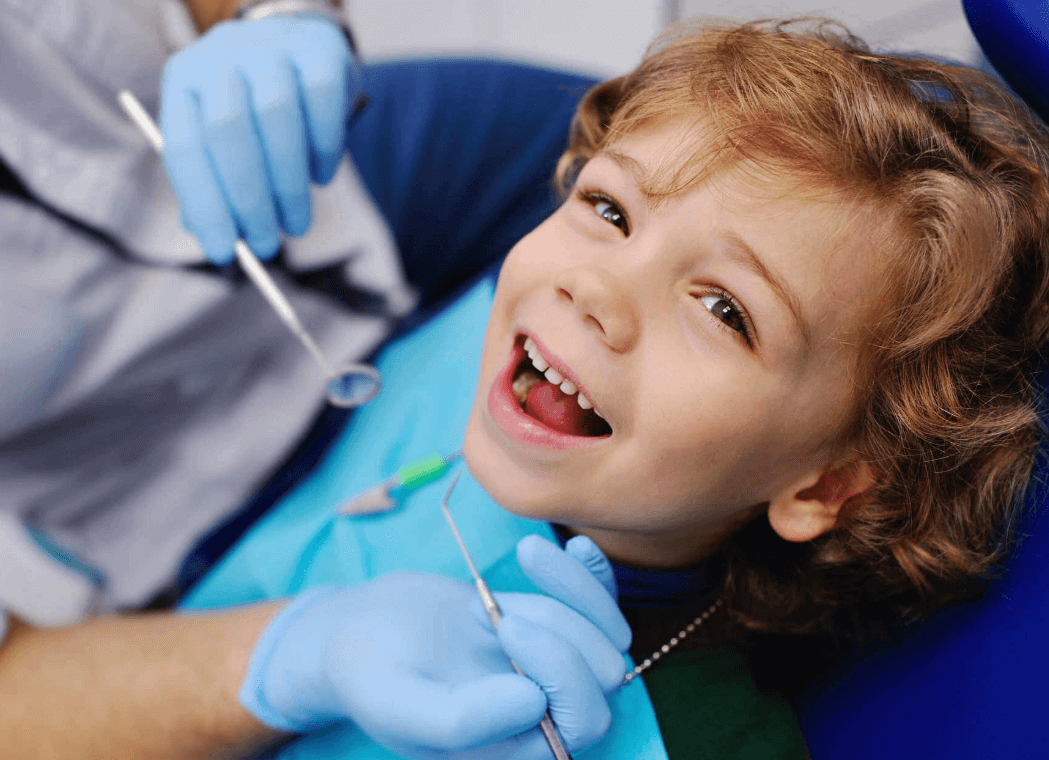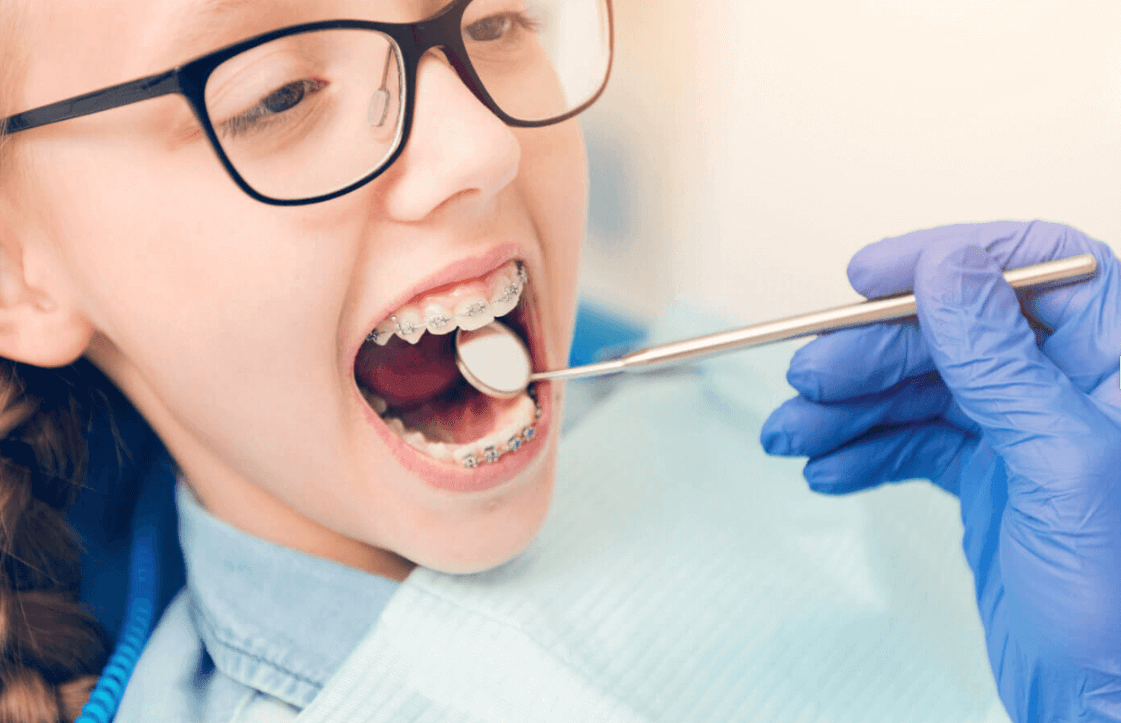Braces, Bullying, and Beautiful Smiles

Standing out can be difficult as a child. You can probably remember back when you were a kid and how other children might react to someone who looked different from everyone else. So you can understand why your child might be a bit hesitant when it comes to getting braces.
The good news is that braces have come a long way since you were a child. It’s easier than ever before to straighten teeth and to give your young one a perfect, beautiful smile. If your child is struggling with the idea of wearing braces, here are some tips to help them through the initial process.
Talk To Them
Above everything else, talk to your child. Ask them how they are feeling and what is making them nervous. Perhaps there are other children at school who already have braces, so they already know what it might look like and how others treat them. Openly talking to them about it and getting their perspective goes a long way. They will feel better by simply opening up to you. From there, you can help address some insecurities they might have about wearing braces.
Reassure them that this is only temporary and that it even helps them adopt a healthier oral care routine once they finish the orthodontic treatment. Always give them words of encouragement. Clear ceramic braces, Invisalign, and lingual braces are just a few additional options that they could consider outside of traditional metal braces. Knowing there are more conspicuous ways to straighten their teeth might make them feel more comfortable with new braces.
Different Braces Options
Perhaps your child is nervous about the overall size of the braces and how they look. There are some options available that keep the metal and brackets to a minimum or invisible altogether. Invisalign, for example, is one of the best options for straightening teeth and is almost completely unnoticeable. These are clear mouthpieces that slip over the teeth, almost like a mouth guard, but without the bulk. Find out if you would be a good candidate for clear aligners here.
If your child needs the traditional metal wiring to correct their teeth, there are other options available in our office. You might want to consider invisible braces. These braces have clear connectors, so it blends better with the look of the teeth.
Tom Cruise even had these kinds of braces after he became a big-time movie star, so if your child is still worried about braces, you can go through all the great celebrities who have had braces as well. Some of the celebrities who have had braces? Angelina Jolie, Prince Harry, Emma Watson, and Kendall Jenner.
Reward Your Child
After going through the initial fittings for braces and returning home with braces it can be a little strange for your child. Their teeth will feel odd, and they’ll constantly be running their tongue over the new braces. You should reward your child for a job well done. Perhaps offer them a milkshake for dinner. This way it won’t cause any pain on their teeth (which may very well be sensitive with the tightened braces). Spoiling them a little bit won’t be a bad thing early on, and it will help their mouths adjust to having braces.
Walk Away From Bullies
There might be a bully or two at school. However, talk to your child and tell them the best thing they can do is to walk away. The bullying won’t last, especially as there are other children who have braces on now (or who have previously had braces). So it’s not something that will affect your child for long. But make sure your child knows they can always talk to you about what’s going on in school.
Your Child’s Smile Is Our Top Priority
When you want the best smile for your child, you need to make sure you go to the best child orthodontist here in the area. So whether you’re looking for Invisalign, affordable braces, or clear ceramic braces, you’ll find everything right here with our staff at Valderrama Orthodontics. Whether you’re new to the area, have been recommended, or have been looking around for the right orthodontist, now is the perfect time to give our staff a call! 321.425.5050











Let's Get Social